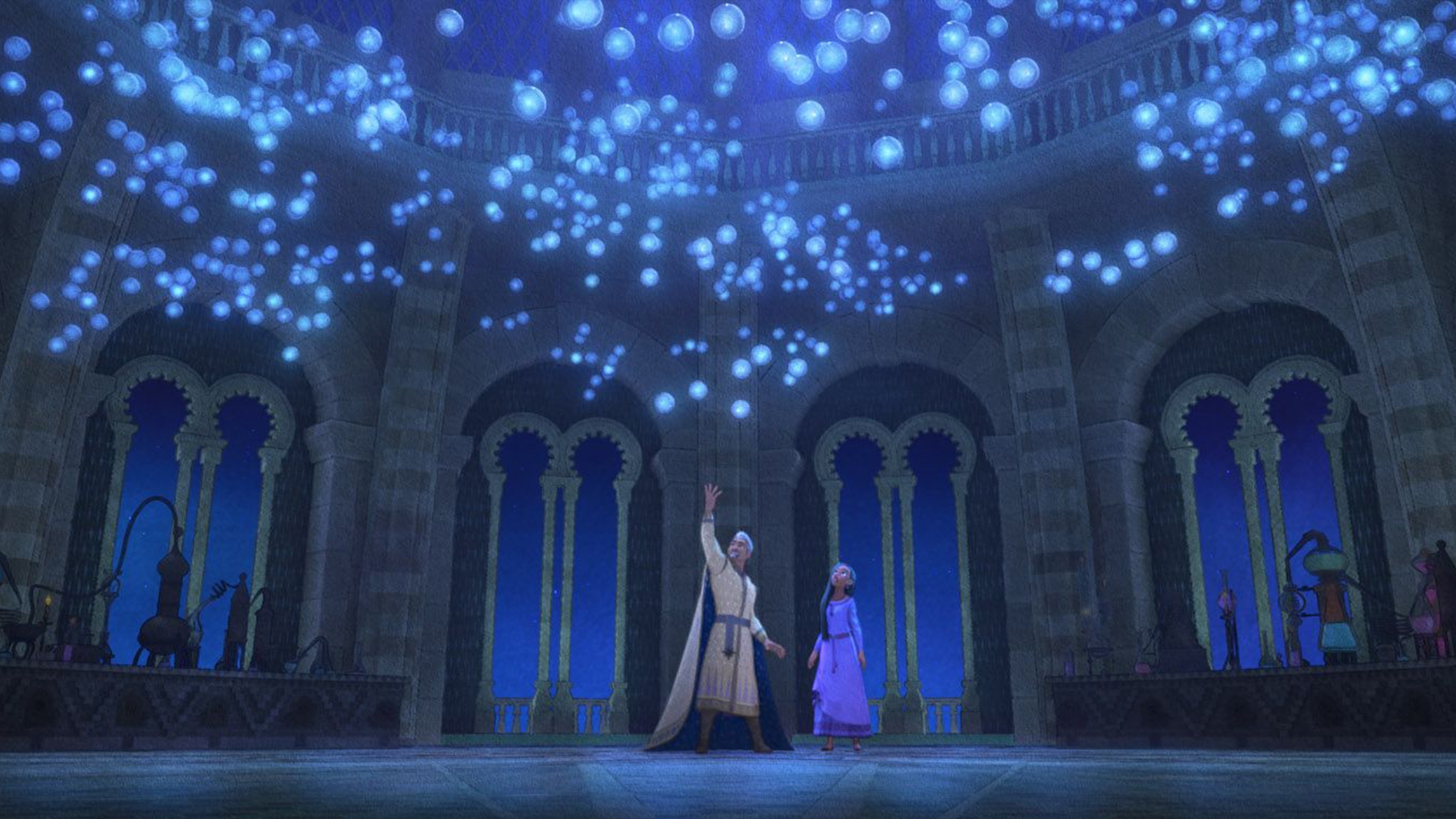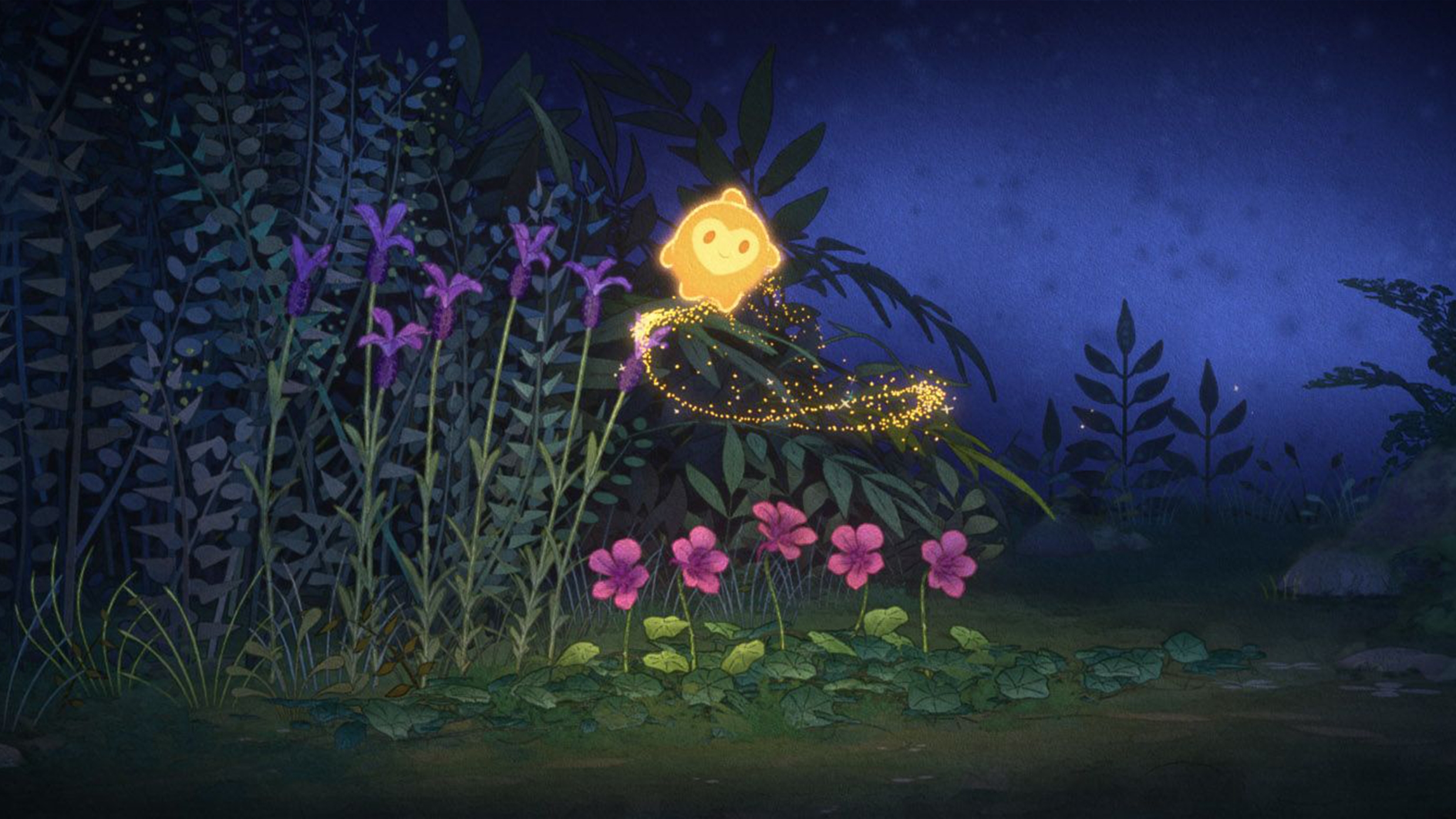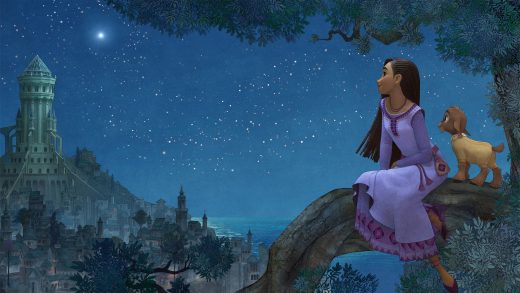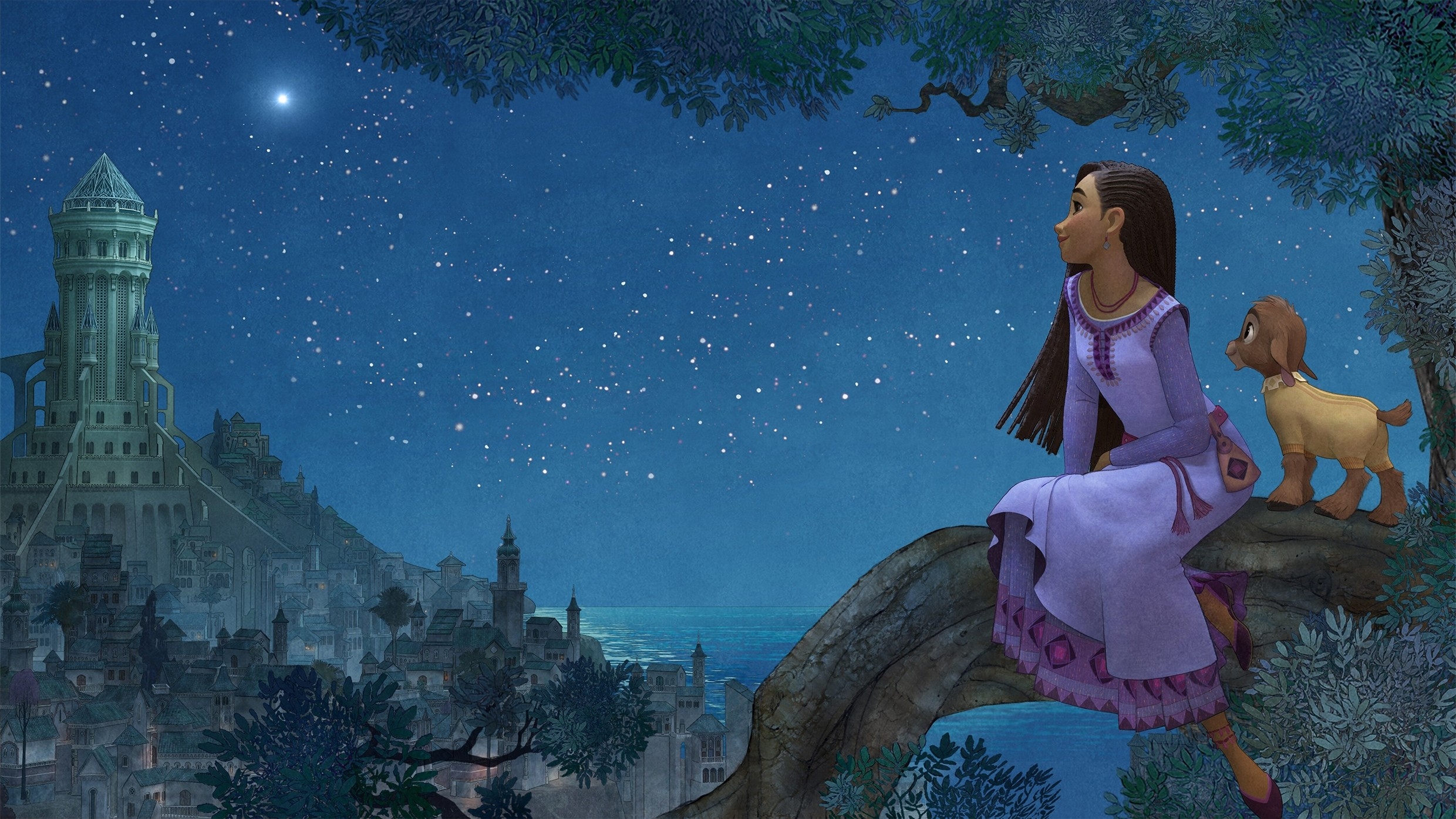The 3D animation domination is finally over
By Angelica Frey
When the trailer for the upcoming Disney feature Wish dropped this spring, aside from Ariana DeBose’s vocals, what immediately jumped out was the kingdom of Rosas. Forget the crystalline waters of Moana and the iridescent glaciers of Frozen, where every snow crystal was rendered in 3D perfection. The environments of Wish are ornate and full of intricate architecture; yet unlike so many other recent Disney animated films, they aren’t designed to feel immersive or hyperrealistic.

Instead of overtly celebrating the technology required to produce the artwork in Wish, the animators almost seem to want to hide it. Wish’s animation style renders its scenes like stage sets or components of a pop-up book, with hand-drawn 2D scenes replete with fine linework and painterly qualities. This style is popping up across visual media, particularly in animation and video games, and it signals a pendulum swing back from the Pixar-style HD environmental realism.

Today, the most interesting examples of animation embrace a non-photorealistic aesthetic tied to craft—2D drawings, the re-creation of watercolors or paint, and, at times, a deliberately unpolished final look. “We’ve been in a kind of 3D zone for a while and I think it was getting tiring,” says Winnie Song, an assistant arts professor of game design at New York University’s Game Center. “We’re always going to be looking for novelty, and in this case, I think novelty is like, Hey, we can still use all kinds of great tools like 3D assets, but with things like shaders.”
(15)



